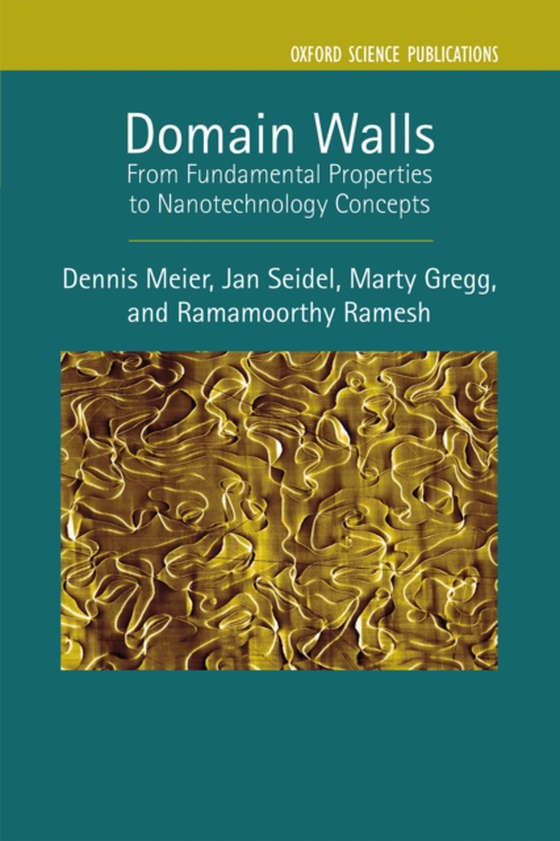
Domain Walls e-bog
729,17 DKK
(inkl. moms 911,46 DKK)
Technological evolution and revolution are both driven by the discovery of new functionalities, new materials and the design of yet smaller, faster, and more energy-efficient components. Progress is being made at a breathtaking pace, stimulated by the rapidly growing demand for more powerful and readily available information technology. High-speed internet and data-streaming, home automation, t...
E-bog
729,17 DKK
Forlag
OUP Oxford
Udgivet
7 august 2020
Længde
288 sider
Genrer
PHF
Sprog
English
Format
pdf
Beskyttelse
LCP
ISBN
9780192607416
Technological evolution and revolution are both driven by the discovery of new functionalities, new materials and the design of yet smaller, faster, and more energy-efficient components. Progress is being made at a breathtaking pace, stimulated by the rapidly growing demand for more powerful and readily available information technology. High-speed internet and data-streaming, home automation, tablets and smartphones are now "e;necessities"e; for our everyday lives. Consumer expectations for progressively more data storage and exchange appear to be insatiable. Oxide electronics is a promising and relatively new field that has the potential to trigger major advances in information technology. Oxide interfaces are particularly intriguing. Here, low local symmetry combined with an increased susceptibility to external fields leads to unusual physical properties distinct from those of the homogeneous bulk. In this context, ferroic domain walls have attracted recent attention as a completely new type of oxide interface. In addition to their functional properties, such walls are spatially mobile and can be created, moved, and erased on demand. This unique degree of flexibility enables domain walls to take an active role in future devices and hold a great potential as multifunctional 2D systems for nanoelectronics. With domain walls as reconfigurable electronic 2D components, a new generation ofadaptive nano-technology and flexible circuitry becomes possible, that can be altered and upgraded throughout the lifetime of the device. Thus, what started out as fundamental research, at the limit of accessibility, is finally maturing into a promising concept for next-generationtechnology.
 Dansk
Dansk

